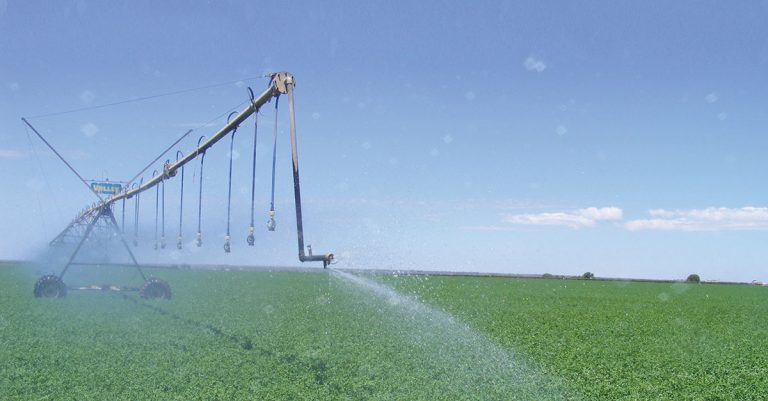
When was the last time you really wanted to buy a policy?
People buy insurance begrudgingly and moan when the debit orders hit their bank accounts every month. Who even bothers to actually read the policy? And then when people need it, they flounder about, trying to make it work.
It doesn’t need to be like this. If you understand how a policy works and how to interpret it, it becomes much easier to navigate your way around the processes and procedures to make it do what it is intended to do: place you in the position you were before the loss.
There is a simple way to navigate insurance. So, let’s start off by giving this discussion a bit of structure:
- Structure on your farm or in your business: In terms of insurance, there are three broad categories, namely personal, farming and business. Sort everything you own into the right category.
- Structure of the policy: This is a bit like playing sport. How does a policy and sport come together? In a structured way, of course!
- General rules/agreements: All policies start with this and state the basic rules of engagement. You say who you are, the insurer says who they are, the parties agree on the playing field (this includes your insured home or business premises), and each party states what they expect from each other.
- Positional rules: In a policy, these are normally called sections and refer to specific insurable things, such as your house, vehicles, animals and business premises. As mentioned before, it is important to ensure that everything you want insured is categorised properly. For example, it would be a mistake to list your prize-winning bull (farming) under the category of personal. Each of these sections start with giving you a basic description of the category, and then tells you what is covered (insured perils) under your insurance policy; what is not covered (exclusions); and what you could add to the policy (extensions).
- The referee: A policy is a contract, and the rules are quite straightforward. However, should there be a dispute, the rules of engagement are based on the information contained in the contract. For example, what are the agreed-upon general rules? What are the positional rules? What does a specific section say? What does the actual policy schedule say?
You may well think that your insurer is your opponent and the broker is on your side, but you would be wrong. We are actually on the same team; we just fulfil different roles.
Basics of claiming
What happens when you need to claim? If you’ve had a car accident, for example, here’s what to do:
- Stop! If you leave the accident scene without stopping, you could be prosecuted.
- Make sure everyone is safe.
- If the vehicle is drivable, take photos of the accident scene, the vehicles involved and their registration numbers, and then move the vehicle out of the way if nobody is hurt and you are sure the other driver is sober.
- If the vehicle is not drivable, keep the hazards on, deploy your triangles to warn other vehicles, take photos of the accident scene, the vehicles involved and their registration numbers, and call your roadside assistance provider.
- Record the details of the other parties and information such as where and when the accident happened and the vehicles involved.
- Do not negotiate a settlement or accept blame.
- File an accident report at your nearest police station. This has to be done within one working day after the accident, or within 24 hours if anyone is injured. Both parties must report the accident, even if you missed all the other cars but hit any property, such as traffic signs.
Follow these steps when you claim:
- Notify your broker of the incident as soon as possible.
- Your broker will evaluate and process your claim with all the information you gathered at the scene.
- Once the broker has all the details needed, you will be kept up to date at every key point in the process until the claim is settled and you are on your way again.
For more information visit, www.hollard.co.za.














